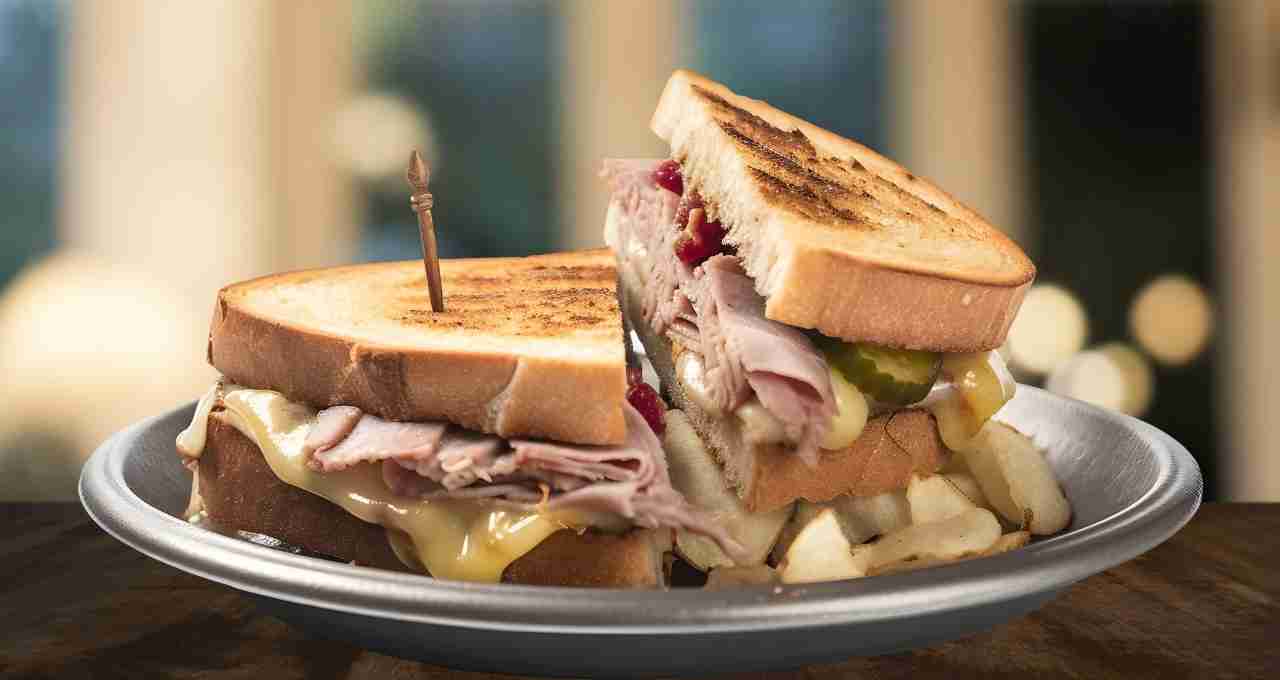Every year on August 23rd, National Cuban Sandwich Day is celebrated around the world. This day is for everyone who appreciates delicious food and its historical significance. The Cuban sandwich is not just a meal; it is a wonderful confluence of America's immigrant history and diverse cultures.
The Speciality of the Cuban Sandwich
The real magic of the Cuban sandwich lies in its simplicity and taste. Traditionally, this sandwich is prepared with ham, mojo pork, Genoa salami, Swiss cheese, dill pickles, and yellow mustard. It is placed in Cuban bread and lightly pressed and heated, which further enhances its flavor.
Even with simple ingredients, this sandwich becomes delicious, but if you use premium meat and cheese and prepare it with a little effort, the experience becomes completely different and excellent.
How to Celebrate National Cuban Sandwich Day

Celebrating this day is very simple – just eat a Cuban sandwich. There are no rules. You can eat it at any time, for brunch, lunch, or dinner.
In addition, you can make this day even more special:
- Organize a party at home with friends and family.
- Visit a local restaurant and taste this sandwich.
- Make the celebration colorful with music, flags, and decorations.
Spending this day with your loved ones makes it even more special.
History of the Cuban Sandwich
The Cuban sandwich originated in Cuba, but as we know it today, its modern form evolved in Ybor City, Tampa, Florida. In the late 19th and early 20th centuries, it became extremely popular among workers in cigar factories.
The sandwich is named after Cuban migrants, but Italian and German migrant workers also contributed to it. Italian bricklayers added salami and enhanced the flavor by cooking it in a hot press. German migrants used mustard. This sandwich does not spoil quickly in the heat, so mayonnaise is not added.
This mixed history of the Cuban sandwich reflects America's cultural melting pot. It shows how elements from different cultures can come together to create something new and wonderful.
Ingredients for Making the Sandwich

If you want to make a Cuban sandwich at home, you will need the following ingredients:
- 1 pound roast pork shoulder (boneless)
- Kosher salt and black pepper
- 1 teaspoon cumin and 1 teaspoon dried oregano
- 2 tablespoons olive oil
- 4 cloves of garlic
- 1/4 teaspoon red pepper flakes
- 1 chopped onion
- 1 cup fresh orange juice
- Juice of 1 lemon
- 1 cup chicken broth (low-sodium)
- 2 bay leaves
- 1 long Cuban bread roll
- 3 tablespoons Dijon mustard
- 8 thin Swiss cheese slices
- 1 cup bread and butter pickles
- 8 thin deli ham slices
- A little olive oil
It is best to cook the sandwich in a Dutch oven. Vegetarian or dairy intolerant people can use alternative ingredients.
Cultural Significance of the Cuban Sandwich
The Cuban sandwich is not just a celebration of taste, but also a symbol of culture and history. It has contributions from Cuban, Italian, and German immigrant groups. It shows that different cultures can come together to create something new and delicious.
Today, this sandwich is not limited to Florida; it is available on restaurant menus all over the world. National Cuban Sandwich Day is the perfect opportunity to honor it and savor its taste.
Fun Facts
- The sandwich is named due to the contribution of Cuban immigrants.
- Salami and mustard represent Italian and German culture.
- This sandwich does not contain mayonnaise because it could spoil quickly in the hot Florida climate.
National Cuban Sandwich Day is not just a celebration of a delicious meal, but it is also a symbol of history, culture, and diversity. This day reminds us of how the contributions of various immigrant groups created a wonderful dish that is today ruling the hearts and tables of people all over the world. By celebrating it, we celebrate taste, tradition, and cultural harmony.















